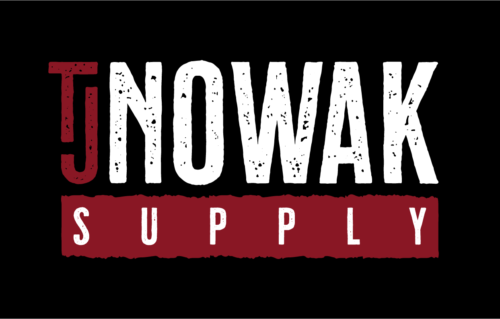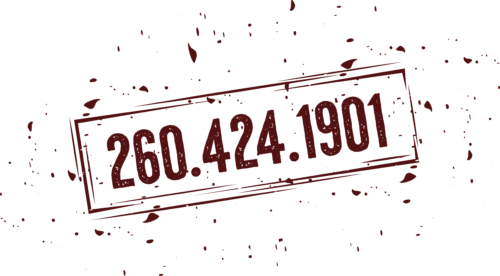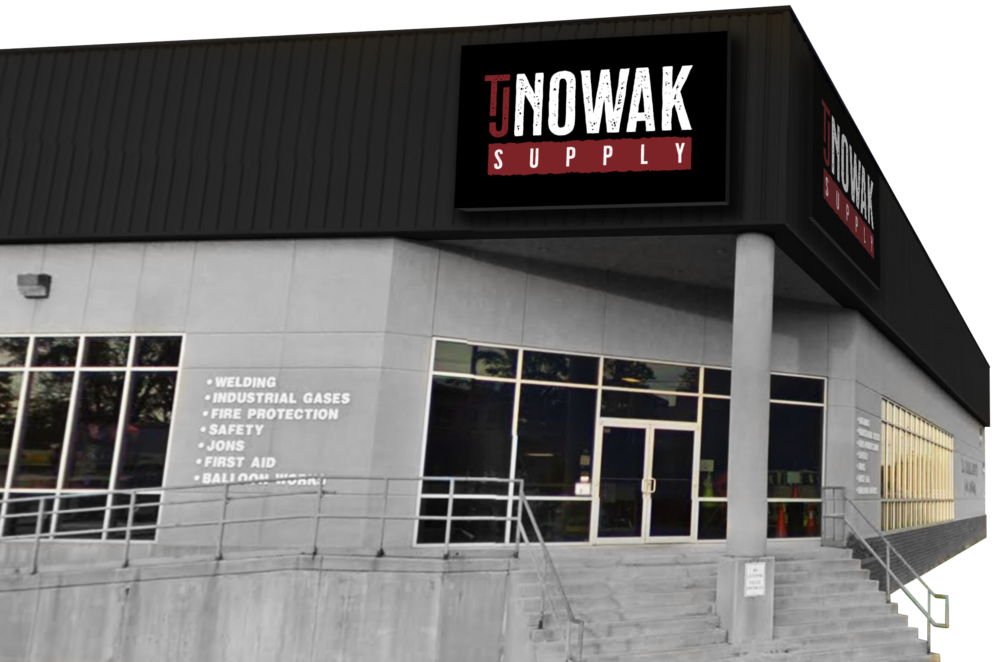
Unsupported Browser
Sorry about that! Internet Explorer is not supported at this time. For optimal user experience, please use another browser such as Google Chrome or Firefox. Thank you!

Fire Sprinkler Systems - TJ Nowak Supply
Get Ahead of Your Sprinkler Service Needs
A Sprinkler system is required in nearly every commercial property. But, just because a sprinkler system is installed doesn’t necessarily mean it will perform as intended. Did you know that Microbiological corrosion is often eating sprinkler pipes from the inside out? Sludge build-up can block sprinkler heads from working correctly. A non-maintained system can lead to disaster when called upon to perform. A good sprinkler system must be properly maintained. At Nowak, we do weekly, monthly and quarterly inspections for many of our customers. We work within general accordance with NFPA 13 & 25 guidelines for all sprinkler maintenance and inspections.
Let’s talk about your sprinkler system and how to get you safely and quickly up to NFPA code.
Many classifications exist for Fire Sprinkler systems. Chapter 5 of the National Fire Protection Association (NFPA 13 & 25) clarifies these variations for occupancy and provides insight into which sprinkler type is correct for you. Keep in mind, if you have an existing sprinkler system, but your building’s purpose or space has changed over time, you may no longer be adequately protected and code compliant.
For sprinkler designs, there are five occupancy classifications:
- Light Hazard — This classification applies to spaces where the quantity of combustibles is low and/or the combustibility of contents is low, resulting in relatively low rates of heat release if ignited. Examples of spaces with a light hazard classification might include offices, healthcare facilities, churches, schools, etc.
- Ordinary Hazard (Group 1) — This classification applies to spaces where the combustibility of materials present is low, and the quantity is moderate, with no stockpiles of combustible material exceeding 8 feet (2.4 meters). Examples of spaces with this classification might include mechanical plants, laundries, food processing facilities, or other manufacturing operations in which a fire would release moderate heat rates.
- Ordinary Hazard (Group 2) — This classification applies to spaces where the quantity and combustibility of contents are moderate to high. In this scenario, occupants may have stockpiles of materials up to 12 feet tall (3.7 meters) that could release reasonably high heat rates if ignited. Examples of this occupancy include distilleries, barns and stables, dry cleaners, libraries, machine rooms, and auto repair shops.
- Extra Hazard (Group 1) — This classification applies to spaces where the quantity and combustibility of contents are very high with dust, lint, or other airborne materials are present. These particles introduce the probability of fires that burn hot and spread fast, such as upholstery shops, sawmills, plywood manufacturers, or textile factories. This classification may include spaces with some small amounts of combustible or flammable liquids, but this classification is primarily based on the presence of highly combustible solids.
- Extra Hazard (Group 2) — This classification applies to spaces in with moderate to substantial amounts of flammable or combustible liquids are routinely present. It also applies to areas with large quantities of combustibles. These areas require extensive use of heat shields to prevent ignition. Examples of these include plastic manufacturing operations, steel manufacturing, and automobile paint spray booths.
Related Products in Fire Protection Services






